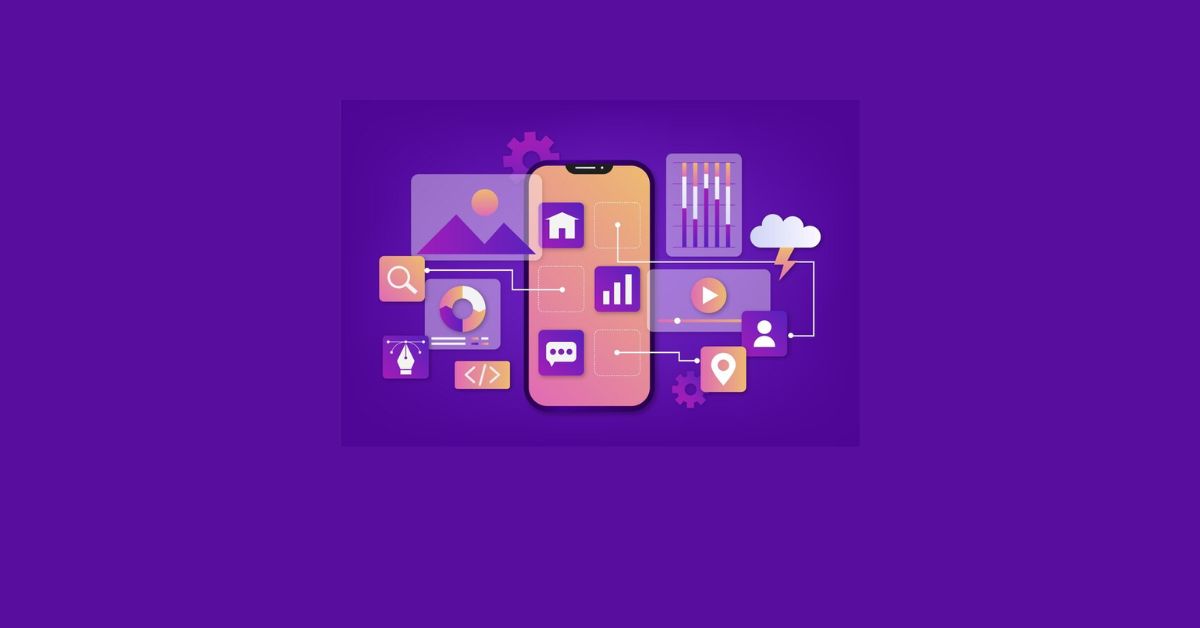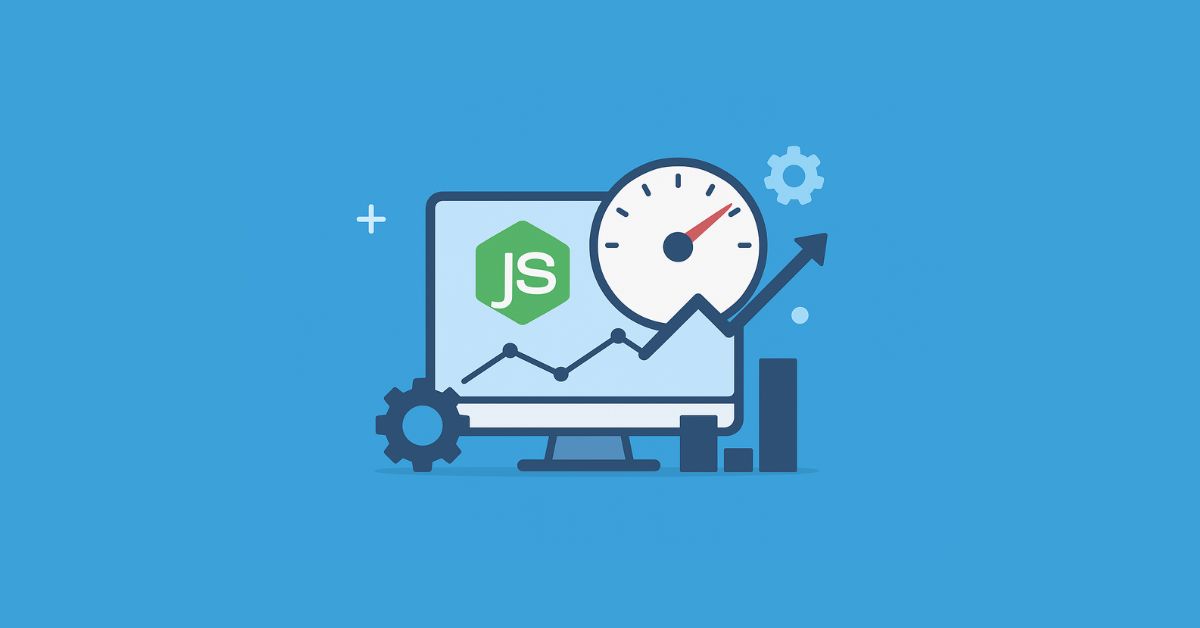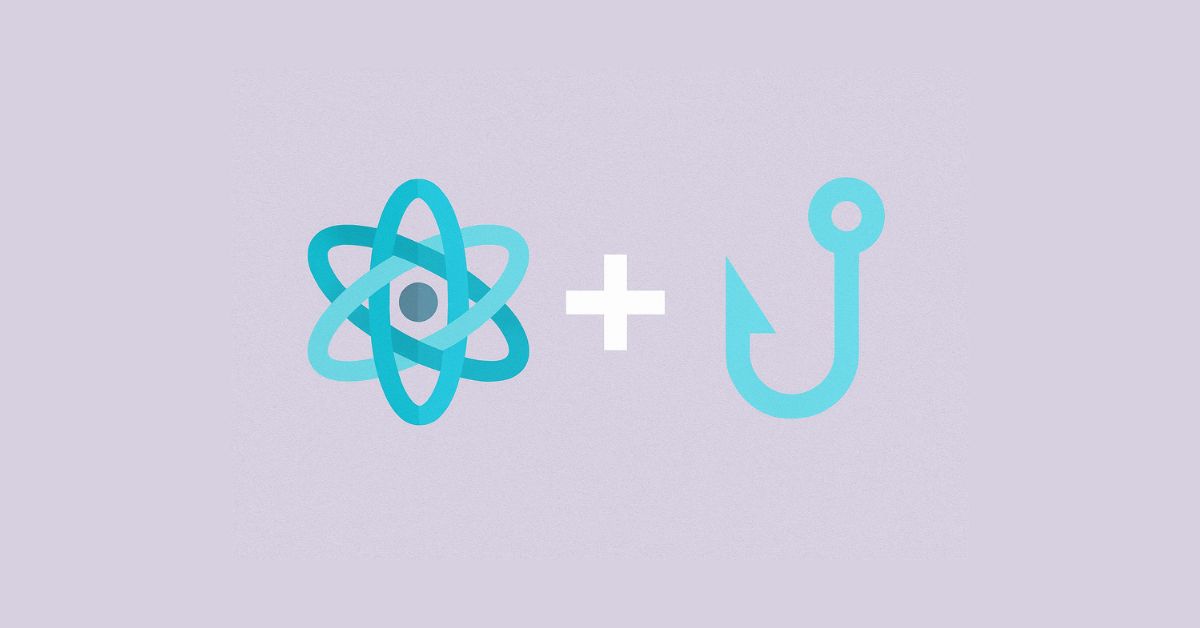The way we create, implement, and maintain apps has been completely transformed by cloud computing. Cloud computing’s Programming language cost-effectiveness, scalability, and flexibility have made it a crucial part of contemporary software development. To take advantage of these advantages, selecting the appropriate programming languages for cloud computing is essential. The top programming languages for developing cloud computing applications are shown below. Businesses can manage big datasets, operate more flexibly, and innovate with optimal resource allocation because of its cost-effectiveness.
Furthermore, cloud solutions do not require costly on-premise IT infrastructure updates because they scale to meet increasing bandwidth needs. The need for powerful apps is growing, therefore knowing which programming languages are appropriate for creating cloud apps is crucial. The languages for cloud computing is chosen as a critical factor in cloud infrastructure performance, impacting dev time, scalability, and security. This article explores the best programming languages for cloud computing. Let’s discuss this in more detail.
- How Can a Cloud Computing Programming Languages Be Selected?
– Project Specifications
– Current Expertise
– Prolonged Upkeep
– Price and Effectiveness - 6 Programming Languages for Cloud Computing Infrastructure
1. Python
– Frameworks and Libraries
– Cloud Programming Languages and Computing Use Cases
2. Java
– Platform Autonomy
– Typical Frameworks
– Cloud Programming Languages and Computing Use Cases
3. Node.js (JavaScript)
– Cloud Programming Languages and Computing Use Cases
4. Proceed (Golang)
– Support for Concurrency
– Cloud Programming Languages and Computing Use Cases
5. Rails for Ruby
– Often Used Frameworks
– Cloud Programming Languages and Computing Use Cases
6. C#
– Flexibility and Efficiency
– Cloud Programming Languages and Computing Use Cases - Last words
How Can a Cloud Computing Programming Languages Be Selected?
The success of your projects depends on your choice of programming languages for cloud computing development and implementation. The following important factors will assist you in making an informed choice:
Project Specifications
Application Type: Requirements vary throughout apps. Languages like Python or R may be more appropriate for data-intensive applications, although JavaScript (Node.js) may be more useful for web apps.
Performance requirements: Go or C# may be a better choice if your application requires a high level of efficiency and performance.
Scalability: Take into consideration languages with robust concurrency support, such as Java or Go, for applications that must scale readily.
Current Expertise
Team Skills: Make use of your development team’s current competencies. A team that speaks a certain language well can accelerate development by lowering the learning curve.
Education and Materials: Think about the community’s support for the language and the available training materials. Largely supported languages, such as Python and JavaScript, provide a wealth of information and support.
Compatibility between Cloud Providers and Ecosystem Integration: Make sure the cloud programming platform of your choice (e.g., AWS, Azure, and Google Cloud) supports the language. Certain systems have more comprehensive tooling and greater integration for certain languages.
Libraries and Frameworks: Assess the ecosystem of language-specific libraries and frameworks. A thriving ecology may spur growth and offer answers to everyday issues.
Prolonged Upkeep
Community and Support: Select a language with a vibrant and robust community for support and community. This guarantees security fixes, updates, and continuous support.
Stability: Take into account the language’s maturity and stability. For lengthy projects, established languages with a track record of success are frequently more dependable.
Price and Effectiveness
Development Costs: Because of prerequisites for tooling, licensing, and training, some languages may have higher development costs than others. Open-source languages can lower these expenses.
Operational Efficiency: Take into account the language’s effectiveness in terms of resource usage and runtime performance. Cloud computing operating costs can be decreased by using more efficient languages.
Want to Develop Cloud Based Application?
6 Programming Languages for Cloud Computing Infrastructure
Many programming languages are supported by the most well-known cloud systems, including Java, Python, JavaScript, and others. These platforms include V2 Cloud, Amazon Web Services (AWS), Microsoft Azure, and Google Cloud Platform (GCP).
The most popular and well-regarded programming languages for cloud development language and infrastructure development are listed below.
1. Python
Python is one of the most popular programming languages used globally and is well known for being understandable and simple to learn. Its strength is sufficient for experienced coders, but its straightforward syntax makes it an excellent choice for beginners. Because of the large and active community that offers a wealth of information, tutorials, and libraries, Python is simple to learn and use.
Frameworks and Libraries
Python has an extensive ecosystem of frameworks and tools that make cloud computing activities easier to complete:
- Django: A high-level web framework that encourages rapid development and effective, transparent design.
- Flask: A simple-to-understand micro web framework perfect for small services or applications.
- boto3: Amazon Web Services (AWS) Python SDK, which lets programmers make apps that use services like Amazon EC2 and S3.
Cloud Programming Languages and Computing Use Cases
Python is incredibly flexible and is used in many different cloud computing applications, including:
- Automation: Python scripts can easily deploy apps, manage cloud resources, and automate time-consuming tasks. Python is the language of choice for data scientists because of libraries such as Pandas, NumPy, and SciPy, which are essential for manipulating and analyzing data.
- Machine Learning: Because Python is compatible with machine learning frameworks such as TensorFlow, Keras, and scikit-learn, it is ideal for developing AI-driven cloud apps.
Python is a developer’s dream tool for working in the cloud because of its robust ecosystem, ease of use, and wide range of applications in important cloud computing sectors.
Python is used for serverless computing in the AWS Cloud and is supported by AWS Lambda. It provides specific libraries for building cloud-native apps, automating data analysis, and automating cloud-based activities.
2. Java
Because of its scalability and resilience, Java is a popular language for developing dependable, large-scale applications. Java apps are robust and effective, able to handle heavy loads and complicated activities because of their robust memory management, multithreading, and exception-handling features. Programming in Java allows for the creation of modules—functions, objects, and classes—that can be reused with various dependencies.
Cloud apps made with the Java framework are easily compatible with all operating systems, including Windows, iOS, Linux, and others.
Because of its multithreading support, security features, and compatibility with a wide range of operating systems, it is extensively used for headless computing.
For several serverless computing frameworks, Java offers AOT (ahead-of-time) compilation, which increases performance by pre-compiling the code and lowering cold start latency and distribution size.
Platform Autonomy
Because Java is platform-independent thanks to the Java Virtual Machine (JVM), it adheres to the “write once, run anywhere” principle. This makes Java code extremely portable and adaptable across many contexts and cloud platforms because it can execute on any device that has a JVM.
Typical Frameworks
Several cloud development-simplifying frameworks are part of Java’s extensive ecosystem:
- Spring: An all-inclusive framework that helps create scalable and reliable business applications. For cloud computing, its components like Spring Security, Cloud, and Boot are especially helpful.
- Hibernate: A Java application framework for object-relational mapping (ORM) that makes database interactions simpler and guarantees data durability.
Cloud Programming Languages and Computing Use Cases
Because of its features, Java may be used for a variety of cloud computing applications.
- Enterprise programs: Java is ideal for developing and overseeing large enterprise programs that must be extremely dependable and efficient due to its scalability and durability.
- Microservices: Java frameworks like Spring Boot, which make Microservices architecture development easier, enable the creation of flexible, scalable, and easily maintainable cloud-based systems.
- Cloud-Native Apps: A lot of cloud-native applications that leverage cloud infrastructure are written in Java. This makes it simple to integrate and implement on services like Google Cloud, Amazon Web Services, and Microsoft Azure.
3. Node.js (JavaScript)
JavaScript is now frequently utilized in server-side development in addition to web development because of Node.js. By enabling full-stack development with a single language, this streamlines the development process and fosters better interaction between front-end and back-end components.
Developers may write JavaScript server-side code using Node.js and their existing skills and knowledge. The event-driven architecture and the non-blocking I/O node. For activities requiring a lot of I/O, js is extremely scalable and efficient due to its event-driven architecture and non-blocking I/O method. Because of its architecture, Node.js can handle multiple connections at once, which makes it ideal for applications that require real-time interactivity and excellent performance. Node.js’s non-blocking nature guarantees that operations don’t obstruct the advancement of other tasks, hence enhancing resource efficiency and expediting processing.
Cloud Programming Languages and Computing Use Cases
JavaScript works nicely with a variety of cloud based programming computing applications thanks to Node.js:
- Serverless Computing: One popular choice for serverless architectures is Node.js, which lets programmers construct and configure functions that grow and execute automatically when specific requirements are satisfied. The Node.js framework facilitates the development of scalable serverless applications on AWS Lambda, Google Cloud Functions, and Azure Functions. Online games, chat apps, and collaborative tools are just a few examples of real-time applications that Node.js’s event-driven architecture makes perfect. Libraries like Socket.io facilitate real-time feature development by ensuring smooth and responsive user experiences.
- API Development: Node.js is a popular framework for creating Restful APIs and microservices, offering a quick and easy approach to building and administering cloud-based applications. Frameworks such as Express.js make it easier to create APIs, which increases maintainability and efficiency.
4. Proceed (Golang)
Go, also referred to as Golang, is performance- and efficiency-oriented. It is a great option for creating high-performance applications because of its statically typed structure and compiled execution, which guarantees quick runtime and minimal latency. Go’s robust standard library and easy-to-read syntax allow for increased productivity without sacrificing efficiency.
Support for Concurrency
Go’s strong concurrency support is one of its most notable characteristics. Concurrent operation handling is made simple and effective by the language’s goroutines and channels. Functions called goroutines, which execute in parallel with other functions, use a lot less memory than conventional threads. By enabling communication between goroutines, channels help to simplify and improve the management of concurrent programming.
Cloud Programming Languages and Computing Use Cases
Go is a good choice for a variety of cloud computing scenarios due to its performance and concurrency features:
- Microservices: Go is ideal for creating microservices architectures due to its performance and concurrency capabilities. Because of its ability to manage multiple concurrent processes with minimum overhead, it is perfect for services that require great scalability and performance.
- Container Orchestration: Go is the programming language used to create popular container orchestration systems like Docker and Kubernetes. These technologies’ concurrency and performance features, which also ensure a strong foundation for cloud-native apps, enable them to manage and orchestrate containers at scale.
- Networking and Infrastructure Tools: Go is a recommended option for creating networked apps and infrastructure tools due to its robust networking capabilities found in its standard library. Its performance and efficiency are critical for cloud infrastructure management and monitoring tools.
5. Rails for Ruby
Ruby is popular among developers who value productivity and quick development because of its well-known developer-friendly syntax and ease of use. Its expressive and accessible code enables faster development cycles and simpler maintenance. Ruby places a strong emphasis on efficiency and simplicity, making programming fun.
Often Used Frameworks
The Ruby ecosystem contains several strong frameworks that make cloud programming easier, such as:
- Ruby on Rails: This full-stack web application framework, sometimes known as just Rails, strives to increase development speed and efficiency. Following the don’t repeat yourself (DRY) and convention over configuration (CoC) principles, reduces the amount of code needed to write dependable apps.
- Sinatra: An adaptable and lightweight web framework that’s perfect for building straightforward but effective online services and apps.
Cloud Programming Languages and Computing Use Cases
Ruby works nicely with a variety of cloud computing applications, including:
A simple framework without all of Rails’ overhead, Sinatra is ideal.
- Web apps: A popular framework for creating web apps is Ruby on Rails. It’s a great option for agile development teams and startups due to its quick prototyping and deployment speed. Because of the conventions and built-in tools in Rails, routine activities are streamlined and developers can concentrate on designing features instead of setting up their environment.
- Automation Scripts: Ruby is a wonderful language for writing automation scripts because of its expressive syntax and ease of use. Ruby can handle jobs with clarity and convenience, whether it’s automating repetitive operations, managing cloud resources, or delivering applications.
6. C#
Since C# and Microsoft Azure are closely linked, it’s the best option for developers working in the Azure environment. Through the.NET framework, Azure offers comprehensive support for C#, making it possible to design, deploy, and manage cloud applications with ease. Utilizing Azure services like Azure Functions, App Services, and Azure Kubernetes Service (AKS) is made easier with this connection.
Flexibility and Efficiency
The flexible language C# is renowned for its strength and efficiency. Numerous programming paradigms are supported by it, including component-oriented, functional, and object-oriented programming.
The language is dependable and efficient because of its robust typing, automatic memory management, and extensive standard library. To further assure optimum performance, the.NET runtime qualifies C# for high-performance application development.
Cloud Programming Languages and Computing Use Cases
For a variety of cloud computing scenarios, C# works well:
- Enterprise systems: Because of its resilience, performance, and wide tooling support, C# is a popular choice for developing complex enterprise systems. Because of its integration with Azure, it’s perfect for creating, implementing, and growing cloud-based enterprise solutions.
- Cloud-Native apps: C# and the.NET Core framework work together to create scalable, resilient, and easily maintainable cloud-native apps. These apps may fully utilize cloud environments by utilizing containerization and microservices designs.
- Serverless Computing: Because Azure Functions supports C#, programmers may write serverless applications that grow automatically and adjust to changing workloads. This reduces the workload associated with managing infrastructure, allowing developers to focus on writing code that benefits the company.
Last words
As more companies throughout the world use cloud computing in their IT infrastructures, it is always changing. Selecting the appropriate programming languages for cloud computing is essential for developing and deploying cloud applications successfully.
Because of their large libraries and devoted resources, languages like Python and Java are popular and perfect for developing cloud-native applications. The ideal language for your project will, however, rely on its particular needs.
To guarantee a seamless and effective implementation, take into account the platforms, frameworks, and tools that are available.








